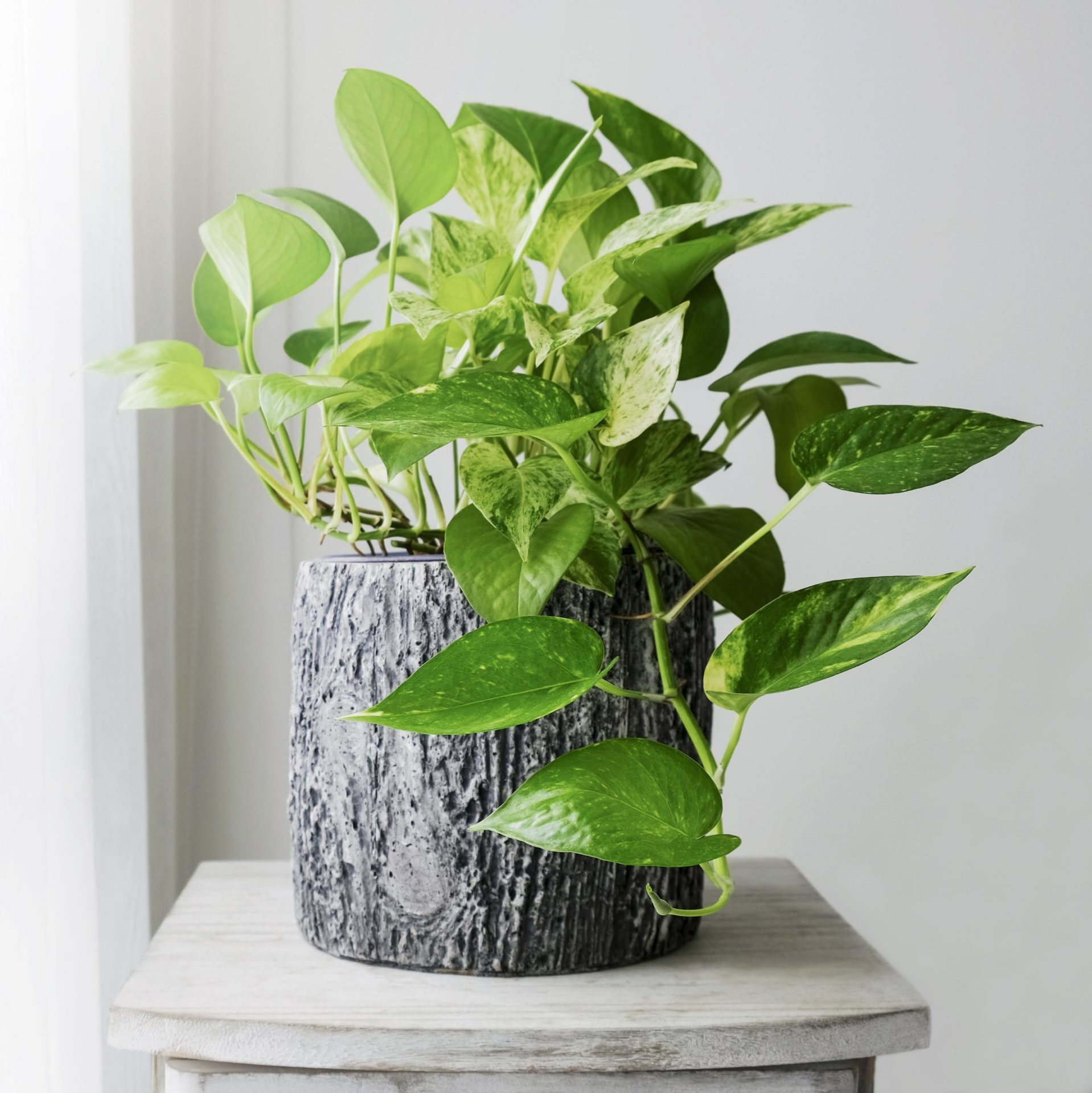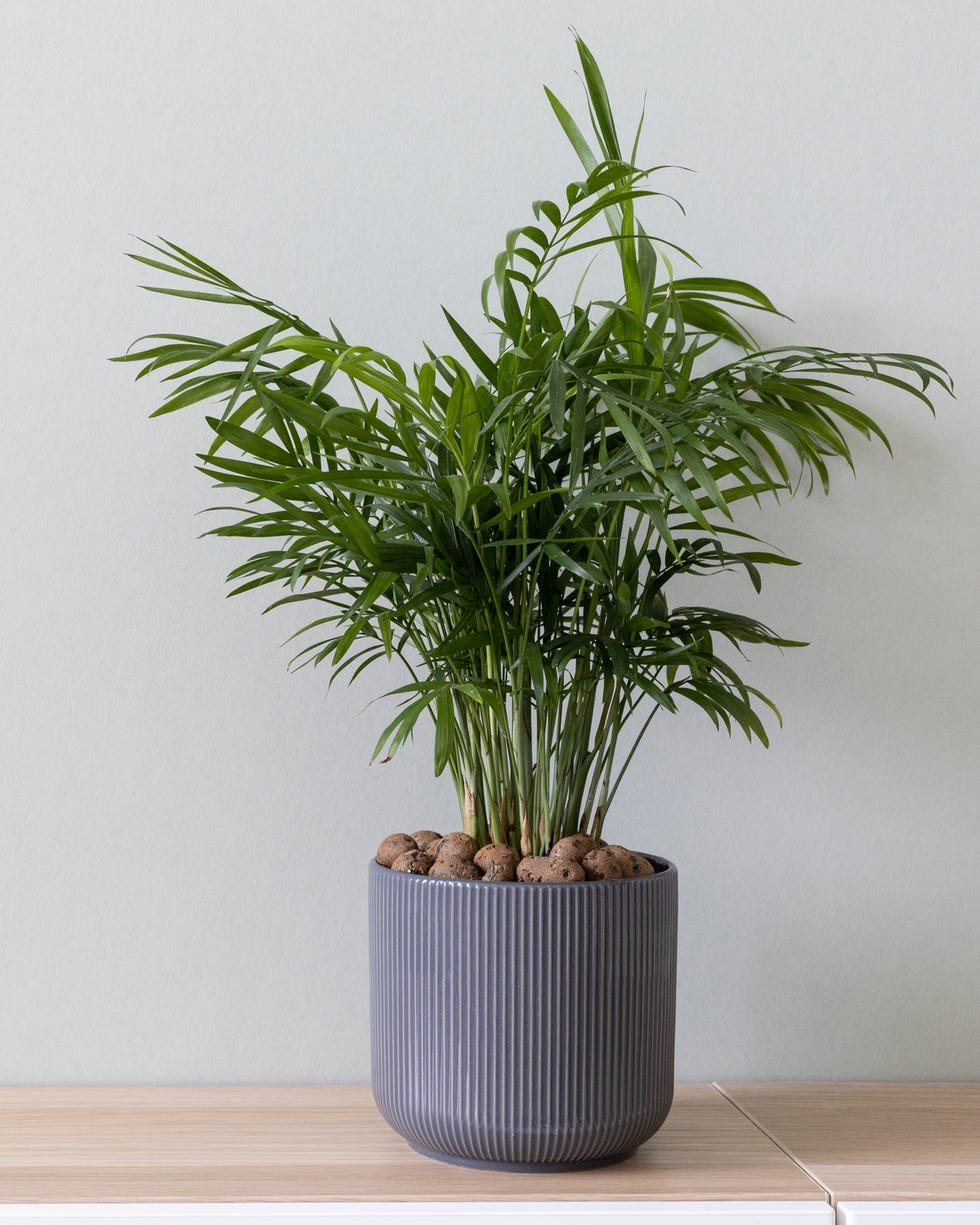Best Low-Light Indoor Plants for Those with Limited Natural Light in Their Homes
Best Low-Light Indoor Plants for Those with Limited Natural Light in Their Homes
Blog Article
Transform Your Home With Beautiful Low-Light Indoor Plants and Their Advantages
Integrating low-light interior plants into your home can considerably boost both the visual and environmental high quality of your living areas. These plants, which thrive in dim conditions, offer not just as decorative aspects yet likewise as all-natural air purifiers, making them suitable for city dwellers or those with restricted sunshine direct exposure. As we discover the different sorts of low-light plants and their benefits, you might discover unexpected means to integrate them into your home that can transform your surroundings in methods you could not have expected.
Advantages of Low-Light Plants
Low-light plants supply countless advantages for interior atmospheres, making them a superb choice for both novice and experienced gardeners. One of the key benefits is their versatility to low-light conditions, permitting people to improve their living rooms without the demand for comprehensive sunshine exposure. This characteristic makes them perfect for apartments, offices, and other locations with restricted natural light.

In addition, including low-light plants into home decor can elevate the aesthetic appeal of an area. Their rich foliage and varied textures create a calming atmosphere, contributing to general wellness. Lastly, the existence of plant has actually been linked to minimized anxiety levels and improved productivity, making low-light plants a sensible choice for improving both psychological and physical wellness in interior settings.
Leading Low-Light Indoor Plants
While numerous interior plants prosper in brilliant light, a number of species are particularly well-suited for low-light problems, making them perfect for different interior rooms. One popular selection is the Snake Plant (Sansevieria), known for its striking upright leaves and durability, calling for marginal treatment. An additional excellent alternative is the Pothos (Epipremnum aureum), which includes heart-shaped leaves and can trail perfectly from wall mounts or racks, thriving in reduced light and adding a lavish touch.
The ZZ Plant (Zamioculcas zamiifolia) is celebrated for its shiny leaves and capability to endure neglect, making it excellent for active lifestyles. Likewise, the Tranquility Lily (Spathiphyllum) not only endures reduced light but additionally produces spectacular white blooms, boosting any space's aesthetic.
For an unique touch, think about the Cast Iron Plant (Aspidistra elatior), which undoubtedly lives up to its name, thriving in the darkest corners of your home. Last but not least, the Chinese Evergreen (Aglaonema) provides a range of fallen leave patterns and colors while being exceptionally flexible in low-light problems. These plants not just beautify interior atmospheres however also add to air filtration, improving your space.
Care Tips for Low-Light Plants
:max_bytes(150000):strip_icc()/low-light-houseplants-asparagus-fern-getty-1123-74a20afe3f9249ce947a337e497b84ec.jpg)
Sprinkling techniques are vital; these plants commonly favor slightly completely dry problems. Overwatering can bring about root rot, so ensure that the top inch of soil is dry before watering once again. Use pots with water drainage holes to enable excess dampness to escape.
Moisture is an additional essential factor. Numerous low-light plants, such as brushes and tranquility lilies, gain from greater moisture degrees. To raise humidity, consider misting the leaves or positioning a tray of water near the plants.
Fertilizing needs to be come close to with caution. Throughout the growing period, utilize a weakened, well balanced fluid plant food each month to support pop over to this site development, yet prevent fertilizing throughout the inactive winter months.

Creative Ways to Display Plants
Interior plants can function as exciting centerpieces in any type of area, improving both aesthetic charm and setting. Imaginative screens can elevate the visual influence of low-light plants, making them an important component of your home decoration. One efficient approach is to make use of tiered plant stands, which allow you to display several plants at differing elevations while taking full advantage of flooring area.
Hanging planters are an additional cutting-edge option, creating a feeling of depth and drawing the eye upwards. Take into consideration macramé hangers or wall-mounted shelves to introduce an one-of-a-kind structure and design.
For a much more organized strategy, usage geometric terrariums or glass containers to house your plants, adding a modern-day touch to your interior garden. You can likewise repurpose vintage items, such as teacups or wooden crates, for a diverse screen that shows your character.
Enhancing Home Setting With Plants
Incorporating low-light plants right into your home not just enhances visual allure but likewise adds substantially to the total ambiance. These plants serve as all-natural design aspects, presenting a sense of tranquility that can change any room. The presence of plant promotes a calming atmosphere, which is particularly advantageous in high-stress settings such as office or living areas.
Low-light plants, such as serpent plants, pothos, and ZZ plants, are not just visually pleasing however also enhance indoor air high quality by filtering system pollutants. This double feature boosts the atmosphere even more, developing a healthier space (Best low-light indoor plants). The critical positioning of these plants can also affect the understanding of area; for example, tall plants can attract the eye up, making ceilings appear greater and rooms extra spacious
Moreover, differing textures and colors of vegetation include additional reading deepness to interior layout, permitting Your Domain Name innovative expression in home designing. Whether positioned on racks, in corners, or as centerpieces, low-light plants can elevate the state of mind of any space. In summary, incorporating these plants into your home is a reliable means to cultivate a warm, inviting atmosphere while enjoying the benefits of improved air quality and visual adaptability.
Verdict
Incorporating low-light indoor plants right into home settings offers many advantages, consisting of boosted aesthetic allure and boosted air top quality. These resistant plants, such as the Serpent Plant and Tranquility Lily, require minimal light and maintenance, making them suitable for varied way of livings.
While many indoor plants thrive in bright light, numerous varieties are particularly well-suited for low-light conditions, making them suitable for numerous interior areas. One effective technique is to make use of tiered plant stands, which permit you to display multiple plants at differing elevations while taking full advantage of flooring room.
Low-light plants, such as snake plants, pothos, and ZZ plants, are not just visually pleasing however additionally improve indoor air quality by filtering pollutants. Best low-light indoor plants. The critical placement of these plants can likewise affect the perception of space; for circumstances, high plants can attract the eye upwards, making ceilings show up higher and rooms more large
These resilient plants, such as the Serpent Plant and Tranquility Lily, need minimal light and upkeep, making them suitable for varied way of lives.
Report this page